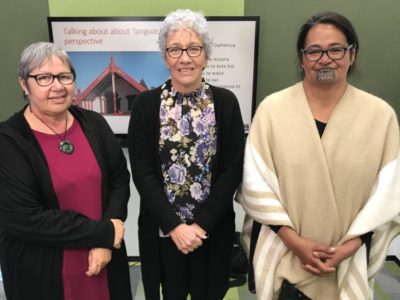
Kīngitanga Day at the University of Waikato
Posted on 20 September, 2021
https://poutamapounamu.org.nz/news/2021/kīngitanga
Celebrating Kīngitanga Day
Waikato Tainui are custodians of the lands on which the University of Waikato is located in Hamilton. To consolidate and respect this relationship, staff and students dedicate one day each year to come together to remember, celebrate and develop more authentic understandings about the Kīngitanga movement. This day is known as Kīngitanga Day.
BackgroundWaikato tribes started the Kīngitanga movement in the late 1850s in an attempt to unite the tribes under a single sovereign, prevent land sales, and to make laws for Māori by Māori.
The early years, under the leadership of Kīngi Tāwhiao, were dominated by the invasion of the Waikato and the wars that followed. Aspirations that emerged from these foundational struggles have influenced what has continued to be one of New Zealand’s most enduring political movements. The seventh successive sovereign since the inception of the Kīngitanga, and the current Māori King, is Kīngi Tūheitia.

Celebrations
In the past, Kīngitanga Days have been cultural celebrations with students and staff from across the campus coming together to participate in a range of activities. Many of these activities remember and celebrate these important beginnings. Other activities consider what has been and is being achieved through the academy to ensure more mutually evolving respectful relationships going forward. Many are about celebrating and sharing who we are and what we stand for as people and as a campus. Others are about taking our collective thinking into the future.
This year, in order to follow the precedent set by the online Koroneihana (Coronation) celebrations - and to comply with the COVID Alert Level Guidelines - for the first time, the day’s events were delivered completely online.
Kīngitanga day online for the first time meant it could be viewed nationally or globally. This meant Poutama Pounamu staff were able to check out the programme and join in, no matter where in the country they live and work. Below are comments we heard from their reflections on some of the events on the programme.
Miranda Joass: Ka tuku te mihi ki tō tātou nei Kingi a Tuheitia, rātou ko te whare Kāhui Ariki, Rire rire hau paimarie!
For me, Kīngitanga Day was a celebration of mana wāhine, from the kaiwhakahaere Maria who led discussions throughout the day, to the numerous kaikōrero and kairangahau, sharing with us matauranga on their respective kaupapa. References by tāne to our mareikura past, present and future, paid homage to the roles of wāhine as leaders, empowerers and drivers of change.
- “...if you have a look around the country from the top to the bottom you will find that the leadership in all of this journey were women.” Timi Maipi
- "Empowered knowing that people, and women who are leading the way with research…” Julian
Dawn Lawrence: Being able to be a part of the day whilst in level 4 lockdown here in Tāmaki Mākarau lifted me out of the challenges of the moment, creating an opportunity to connect with people, places and ideas beyond my four walls.
What a great way to start - Timi Maipi and his moko Hana. It was fascinating to hear his stories about Ngā Tama Toa, his involvement with the Polynesian Panthers and the connections he made to the issues of today. What I particularly enjoyed was the way in which he created space for Hana and the ako evident in their interactions. I was both humbled and warmed by the respect, love and trust between them that shone through.
Rāwini Ngaamo: Listening to the reflections of Matua Timi Maipi and those of his beautiful moko Hana was bittersweet and inspiring. His stories of Ngā Tama Toa and their courageous actions are important reminders to us to keep going.
These stories helped me to reflect on how long our people have worked to uphold and protect the mana of our reo, our tikanga and our deep connection with the whenua. It was a privilege and an honour to witness the rākau being passed on from one generation to the next.
Johnson Davis: I too enjoyed listening to parts of the kōrero by Timi Maipa and his moko - Hana. It was inspiring to hear, feel and connect to the multitude of struggles, acts of resistance, revitalisation and reclamation that Matua Timi in particular has endured, sustained and championed over time. Simply, breathtaking.
Another theme that ran through all of the speakers' kōrero was the importance of reaching back into kaupapa Māori spaces in order to decolonise the systems in which we live and work.
Dawn Lawrence: I also enjoyed the kōrero from the Integrating Kaupapa Māori across Programmes PGCert in Tertiary Teaching paper panelists.
Within the work of Poutama Pounamu, asking critical questions of our current euro-centric curriculum and seeking ways to give mana to mātauranga Māori has been an ongoing conversation so it was heartening to see that such questions are also being asked within the university. I loved the methodology lesson within the kōrero from Mere, Lesley and Tracey. What can read as quite lifeless on the page spoke of possibility, excitement and hope when shared through stories, pictures and the obvious connectedness of each of the speakers.
Presentation
Tracey Mauria Ngatoko, Lesley Rameka and Mere Berryman were invited to share an aspect of their Marsden research about Languaculture.
In this paper, we present understandings from kaumātua (elders both male and female) and whānau (parents and extended family members). These people live in a close-knit hapū (subtribe) community close to their marae or ancestral meeting space. Their marae continues to be essential in the promotion of Māori knowledge, language and ways of being. Kaumātua and whānau recall important cultural understandings and practices from this journey. From growing up largely in te ao Māori (the Māori world) they consider ‘languaculture,’ the interrelationships between language and culture as foundational to their future ‘hope’ for collective cultural strength and wellbeing.
View their presentation in the video below. Also, a draft of this paper can be downloaded here.
- An earlier news story about this research can be found here.
We end with Melissa’s comments which seem relevant and empowering to take with us out of what was a truly memorable day. We are grateful to this kaupapa that continues to create spaces in our institution to unlearn, relearn and learn. What has emerged from these historical events can take us all forward, Māori and non-Māori, towards more participatory mana ōrite spaces in Aotearoa.
Melissa Corlett: Lately my work as a Pākehā Poutama Pounamu team member has led me to challenge my own understanding of partnership, where these ideas come from and how useful they may or may not be.
I listened intently when Will ‘ilolahia spoke about what it means to him to be “at the table” and I smiled to hear Timi Maipi talk about the successes of the Māori ward debates where people realised for themselves the significance of Te Ao Māori. I also appreciated Tracey Mauria Ngatoko speaking of the mythtakes of colonisation and discussing one of the aims of the languaculture research as revitalising important understandings of Te Ao Māori.
How amazing to hear these three inspiring women researching back to power from within the very institutions that helped develop the mythtakes they seek to undo. As Maria Huata stated: "we must continue to challenge the status quo, to challenge ourselves and do the mahi".
He mihi maioha mo tēnei mahi whakahirahira. Mauri ora!
 Click here to learn about the day's events and to see a video of the proceedings:
Click here to learn about the day's events and to see a video of the proceedings: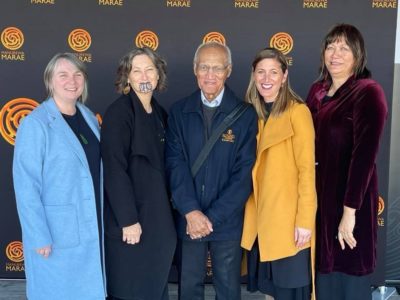
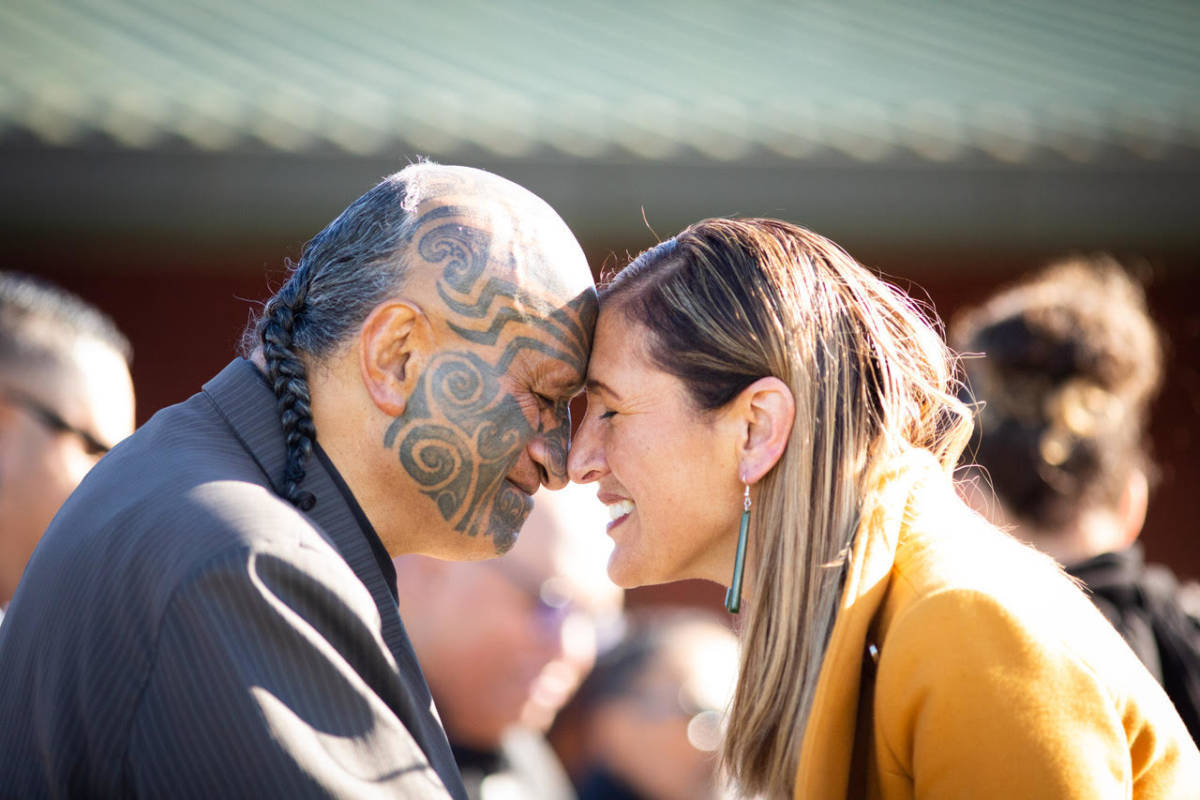
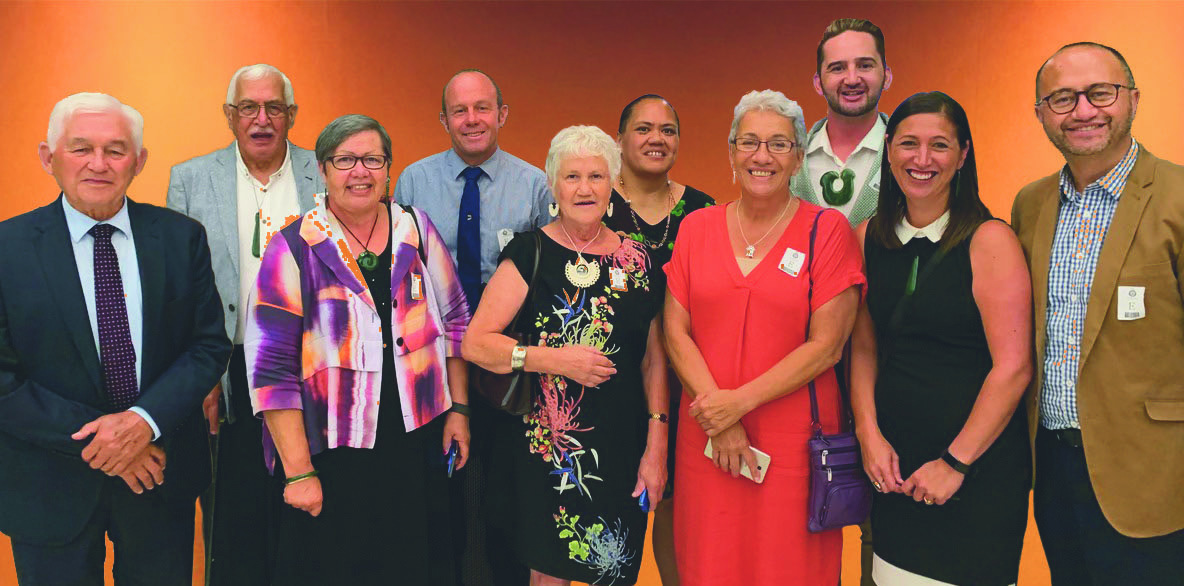
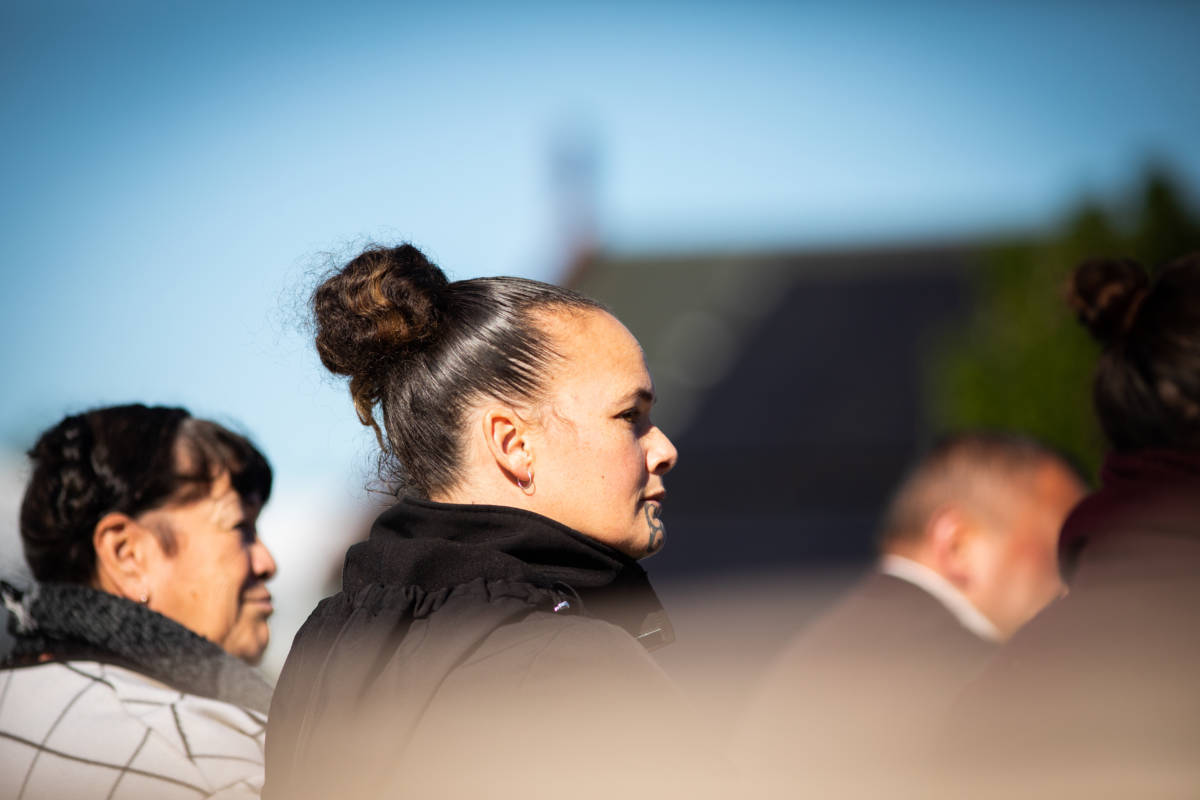 Poutama Pounamu is the work-team partner that will have the privilege of working in the Manurewa community with mana whenua, whānau, ākonga, schools, early learning and alternative education centres, your Pacific community and with your wider community organisations.
Poutama Pounamu is the work-team partner that will have the privilege of working in the Manurewa community with mana whenua, whānau, ākonga, schools, early learning and alternative education centres, your Pacific community and with your wider community organisations.
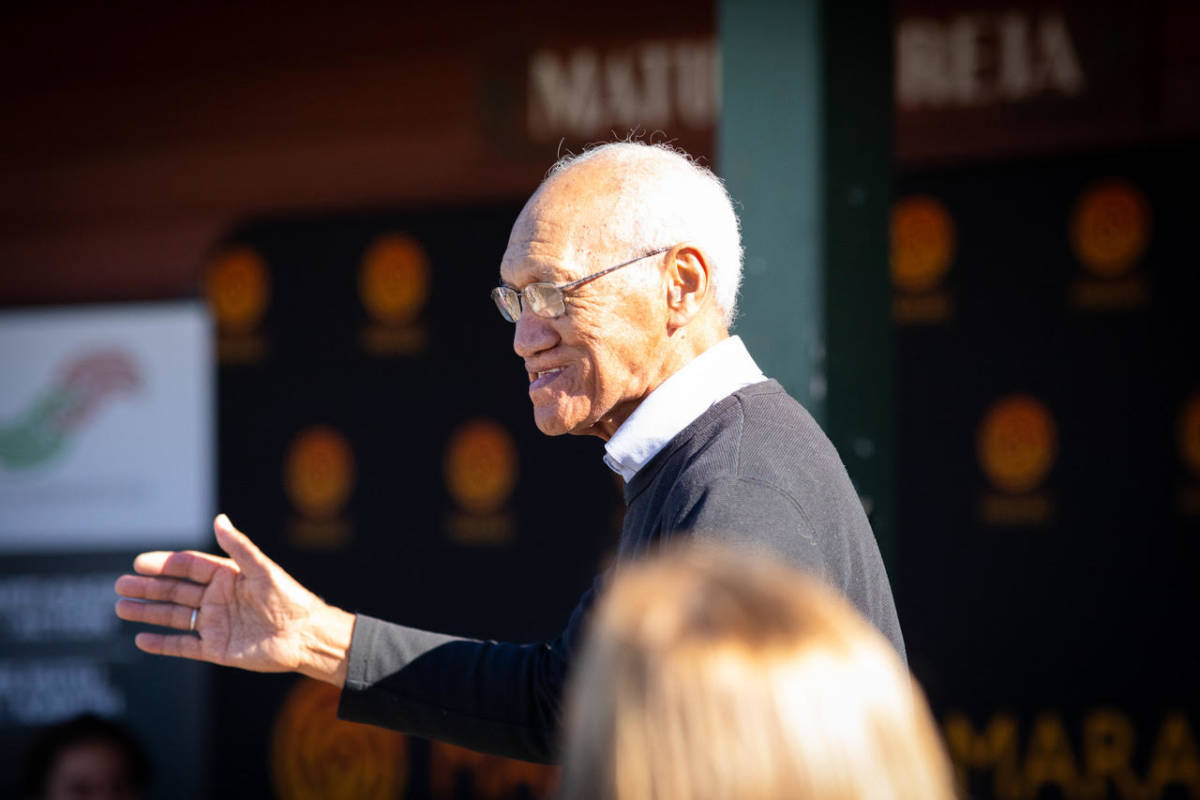 We do not take for granted the privilege it is to work with leaders and teachers in learning settings - ECE centres, schools and alternative education centres.
We do not take for granted the privilege it is to work with leaders and teachers in learning settings - ECE centres, schools and alternative education centres.
 See also:
See also: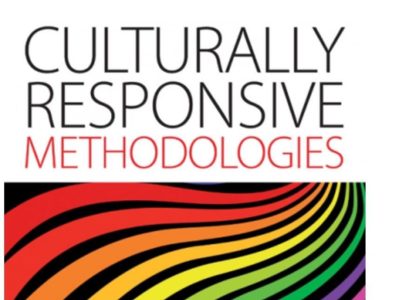
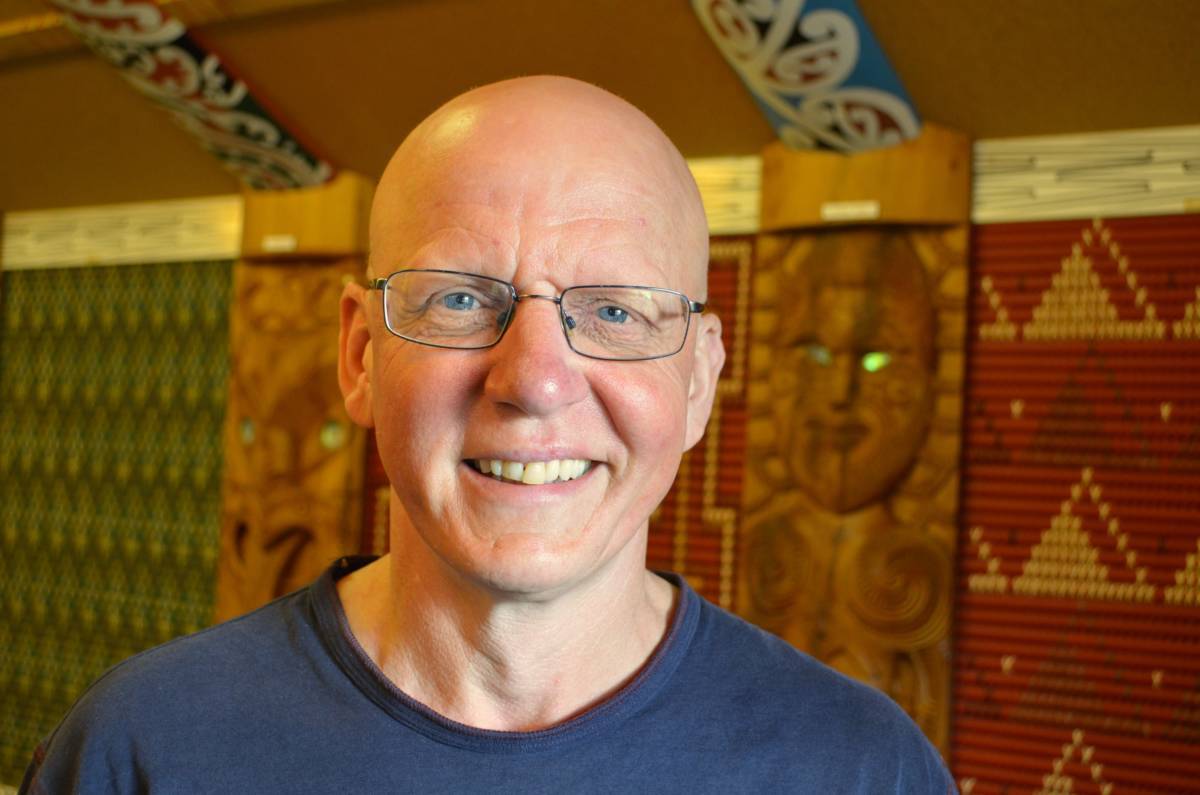 “It was definitely a challenging experience for me” reported Kirk Milligan of Nelson College. “‘Method’ I'm fine with, I mean I'm from a science background, but getting to understand what methodology is caused me to deeply consider how others view the world. This methodology isn’t a spreadsheet thing, it’s a people thing, growing with a group of people for their benefit, not just your own.”
“It was definitely a challenging experience for me” reported Kirk Milligan of Nelson College. “‘Method’ I'm fine with, I mean I'm from a science background, but getting to understand what methodology is caused me to deeply consider how others view the world. This methodology isn’t a spreadsheet thing, it’s a people thing, growing with a group of people for their benefit, not just your own.”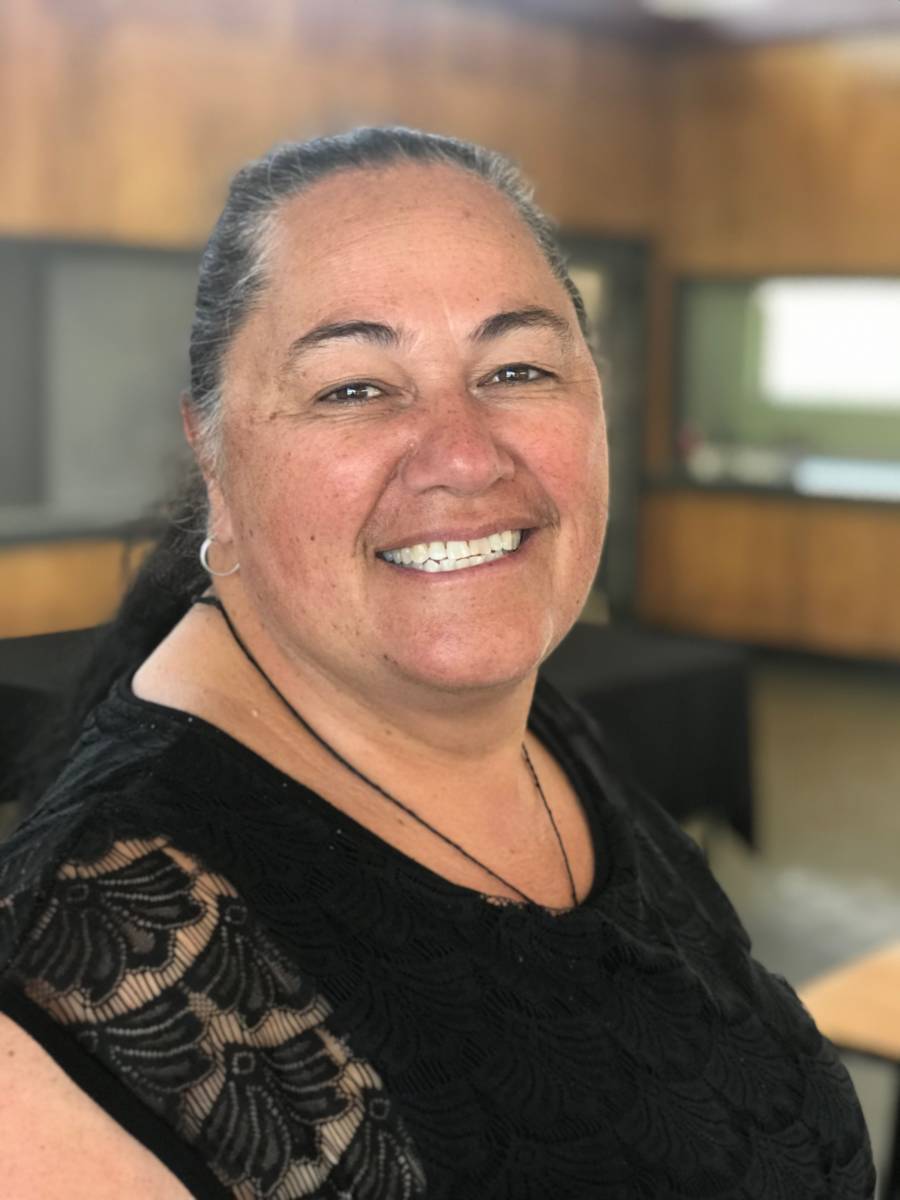 Rototuna Primary’s Ngahuia Nuri believes the care and responsibility that culturally responsive research requires is fully expressed through Kaupapa Māori and Critical Theories. In particular the need for active power sharing:
Rototuna Primary’s Ngahuia Nuri believes the care and responsibility that culturally responsive research requires is fully expressed through Kaupapa Māori and Critical Theories. In particular the need for active power sharing: 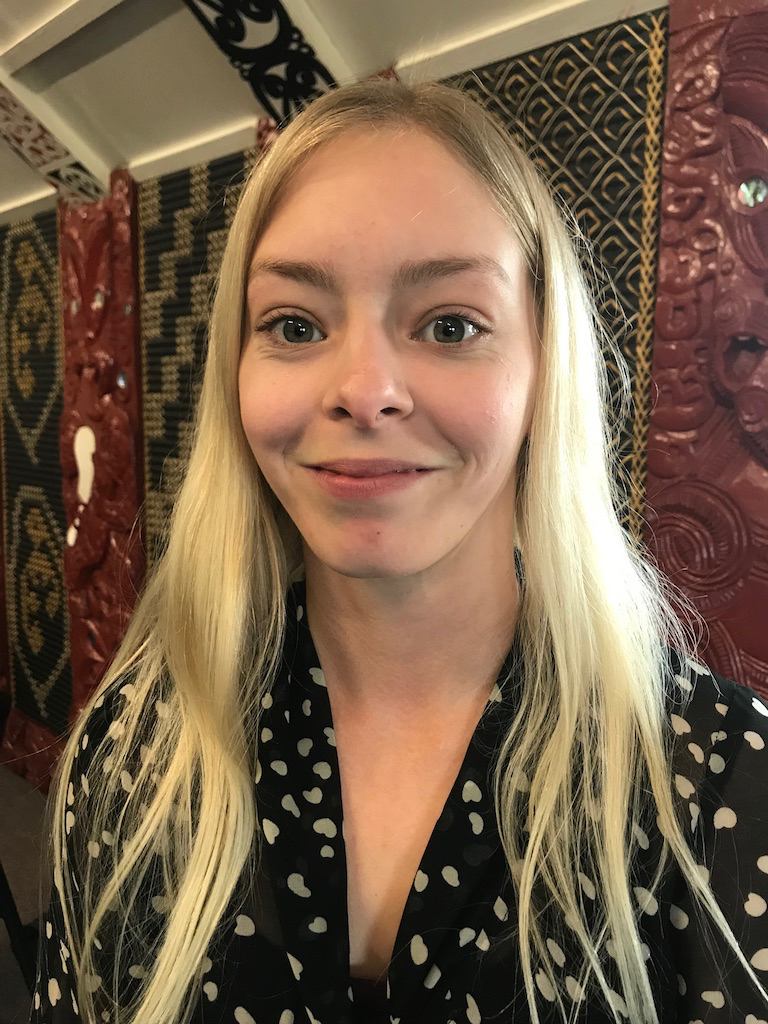 Sarah Entwisle from Aurora College in Invercargill wishes she had taken the Methodology paper earlier in her Master's study:
Sarah Entwisle from Aurora College in Invercargill wishes she had taken the Methodology paper earlier in her Master's study: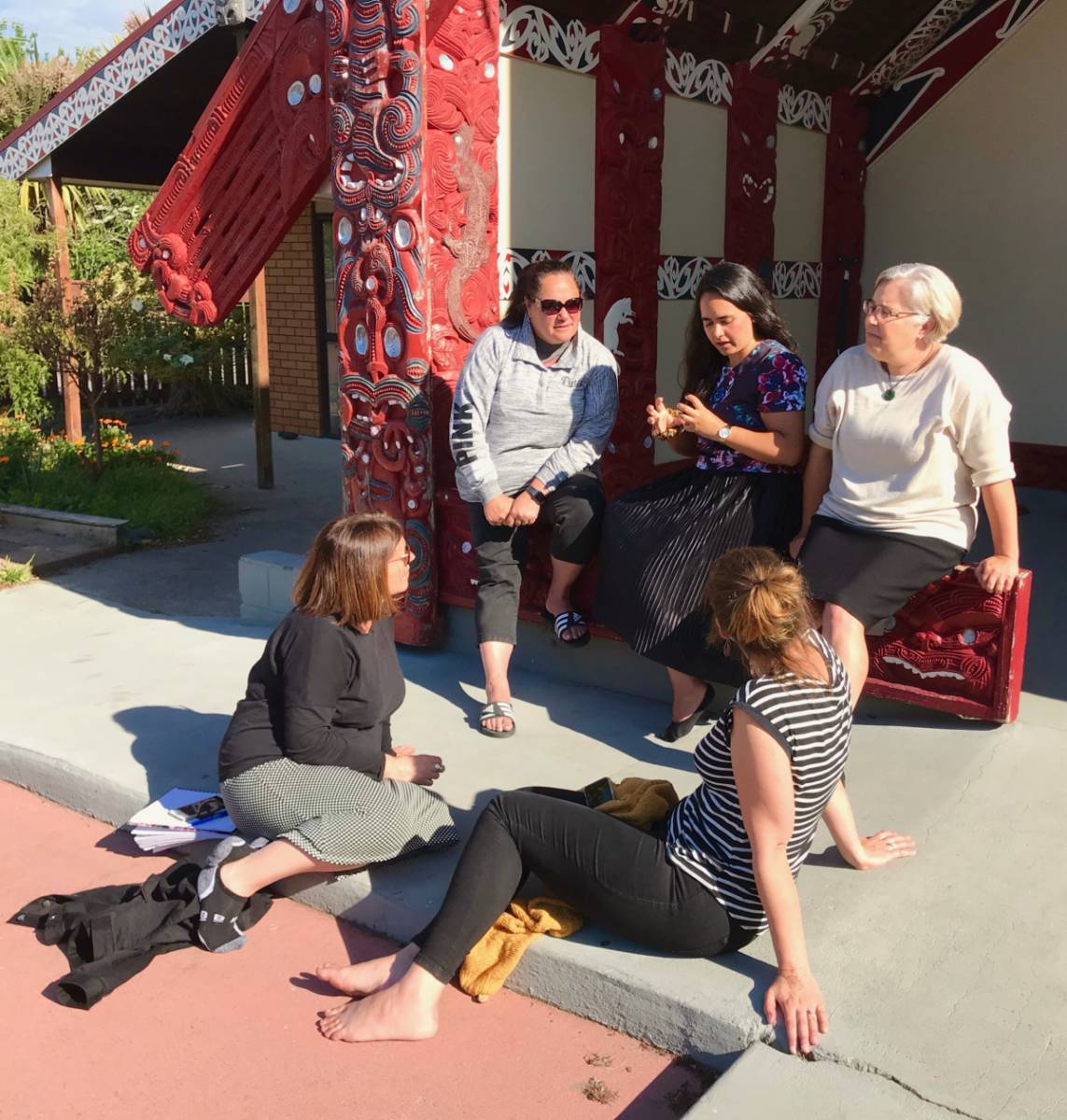
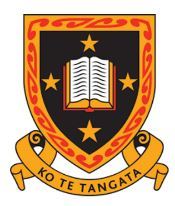 For more information contact:
For more information contact: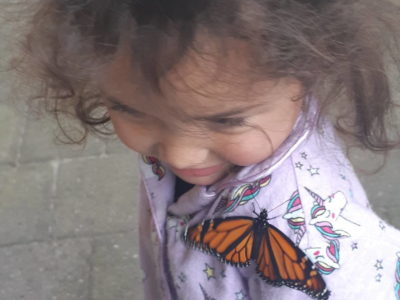
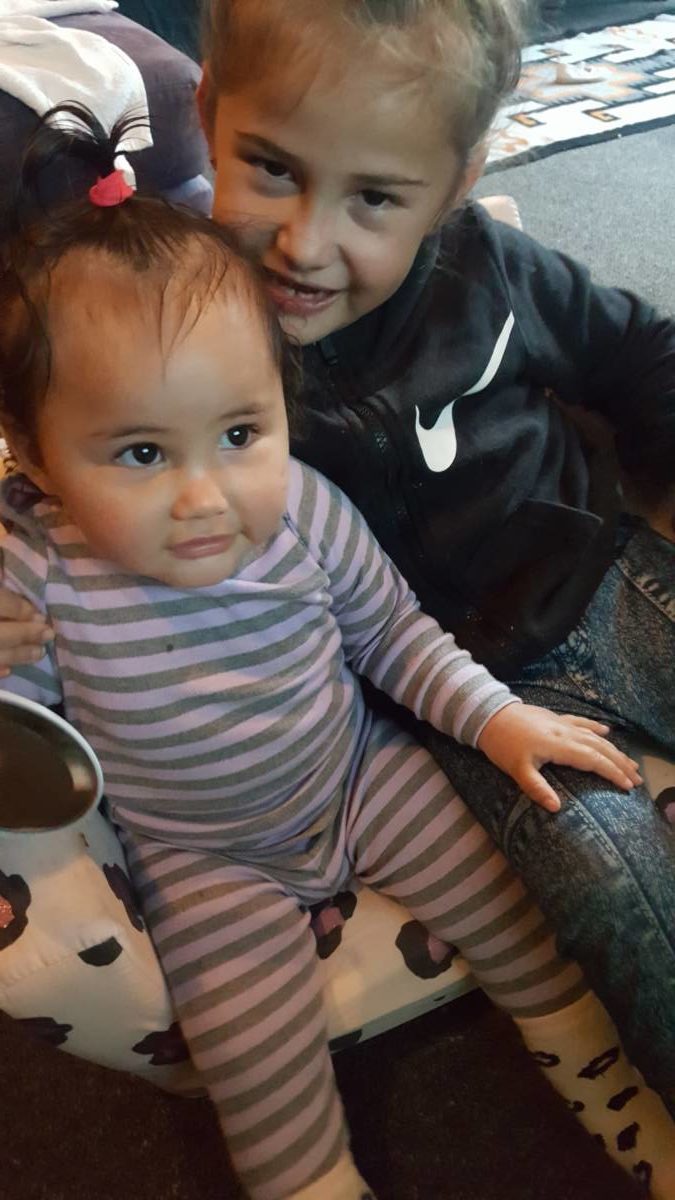 To do this, the team wants to learn more about conception, birth and infancy, from precolonial Māori ways of viewing the world.
To do this, the team wants to learn more about conception, birth and infancy, from precolonial Māori ways of viewing the world.
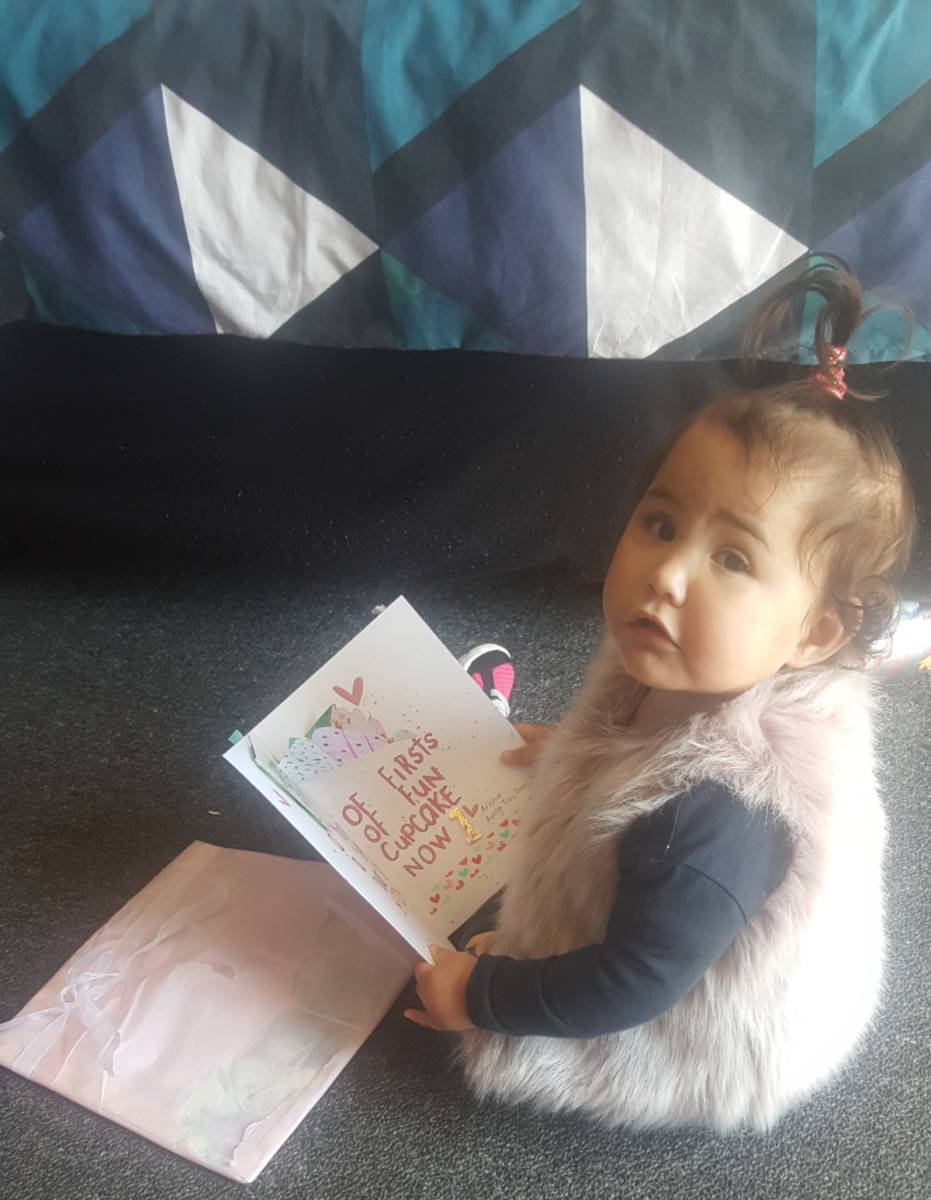 For too many Māori children, the interrelationships and subtleties of language, culture and identity generated from Indigenous epistemologies have been eroded, belittled and overlooked by an education system and associated education policies that continue to promote assimilation into the worldview of the coloniser; a world view that is also grounded in racial hierarchies.
For too many Māori children, the interrelationships and subtleties of language, culture and identity generated from Indigenous epistemologies have been eroded, belittled and overlooked by an education system and associated education policies that continue to promote assimilation into the worldview of the coloniser; a world view that is also grounded in racial hierarchies.
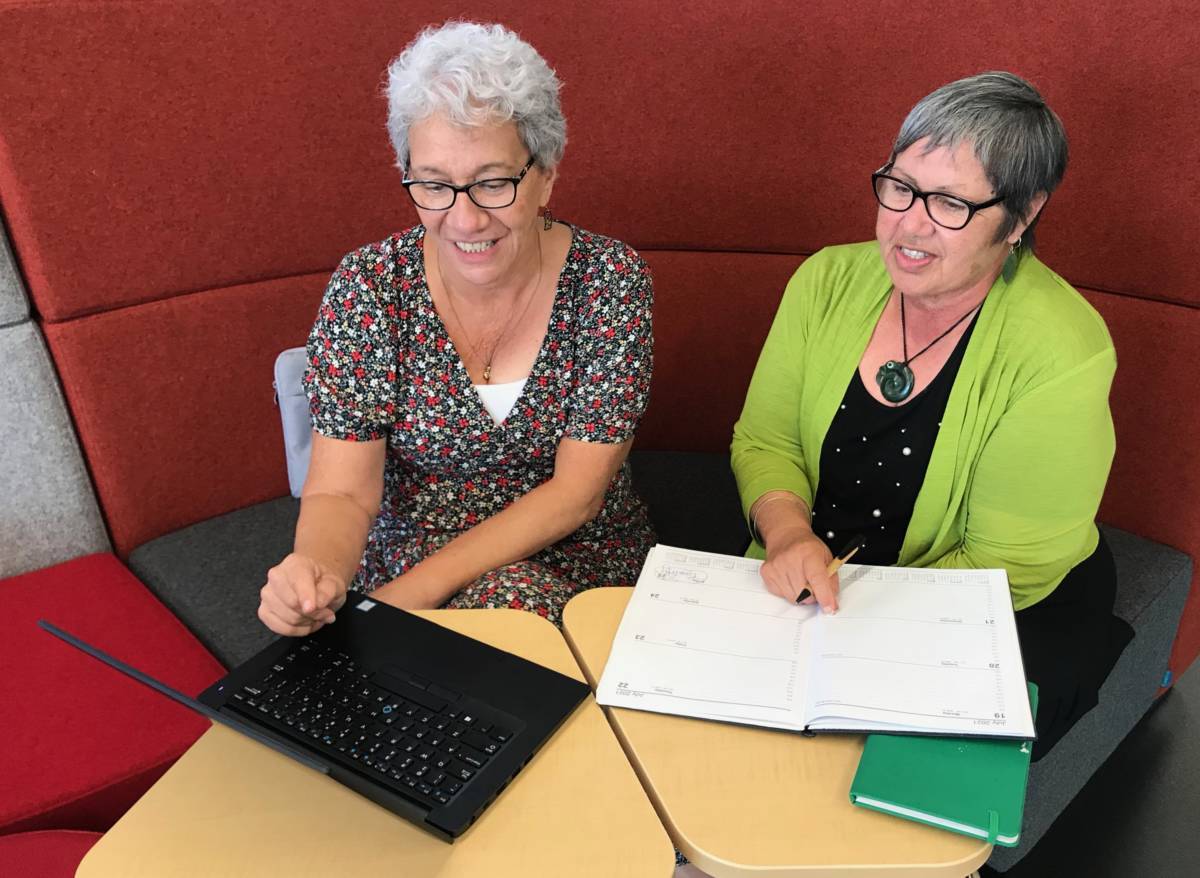 The research team comprises two principal investigators (Dr Mere Berryman and Dr Lesley Rameka) and three associate investigators (Karaitiana Tamatea, Tracey Togo and Diana Cruise).
The research team comprises two principal investigators (Dr Mere Berryman and Dr Lesley Rameka) and three associate investigators (Karaitiana Tamatea, Tracey Togo and Diana Cruise).
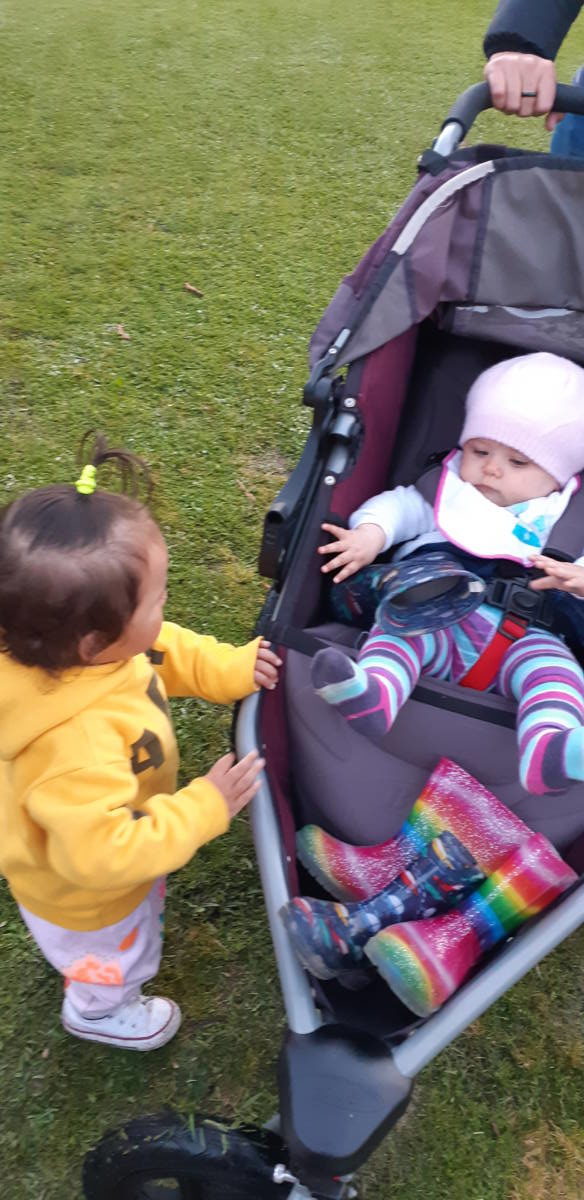 Participants are being selected from three different marae communities in different regions of the North Island (Tauranga, Waikato and Wairarapa). In each marae community we are working with up to six separate whānau groups, each with at least one infant (including some who are yet to be born) and up to 10-15 whānau members.
Participants are being selected from three different marae communities in different regions of the North Island (Tauranga, Waikato and Wairarapa). In each marae community we are working with up to six separate whānau groups, each with at least one infant (including some who are yet to be born) and up to 10-15 whānau members.
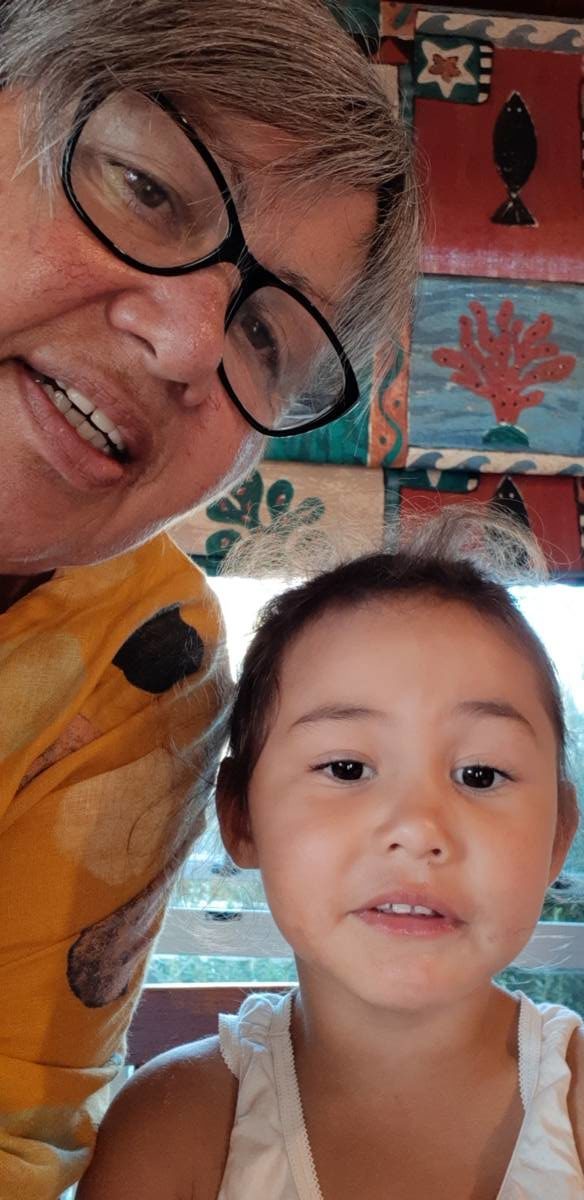 Three main themes have begun to emerge from the Tauranga Moana whānau that are represented in both the narratives of kaumātua and parents. These include:
Three main themes have begun to emerge from the Tauranga Moana whānau that are represented in both the narratives of kaumātua and parents. These include:
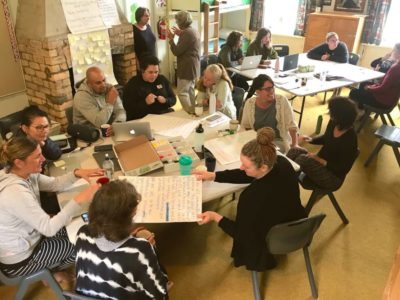
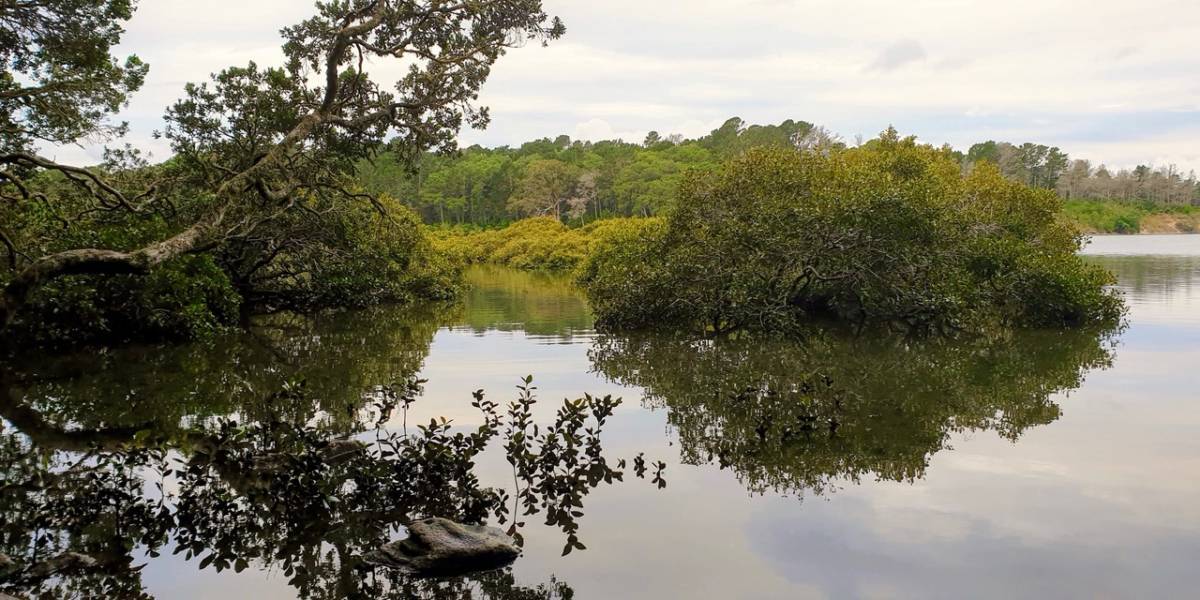
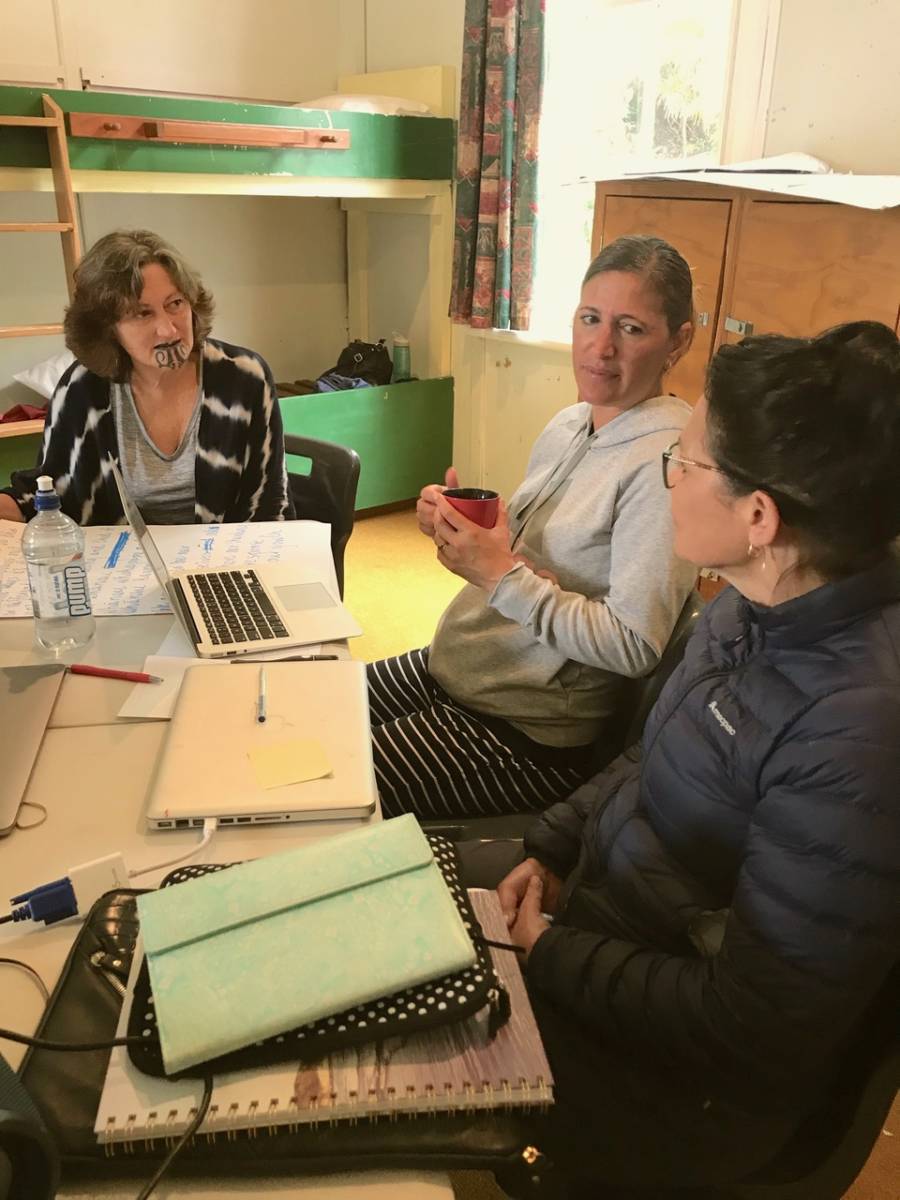 Over the next two days we soaked in the wairua of this beautiful place as we welcomed our new people into the whānau and began to consider the year ahead together.
Over the next two days we soaked in the wairua of this beautiful place as we welcomed our new people into the whānau and began to consider the year ahead together.
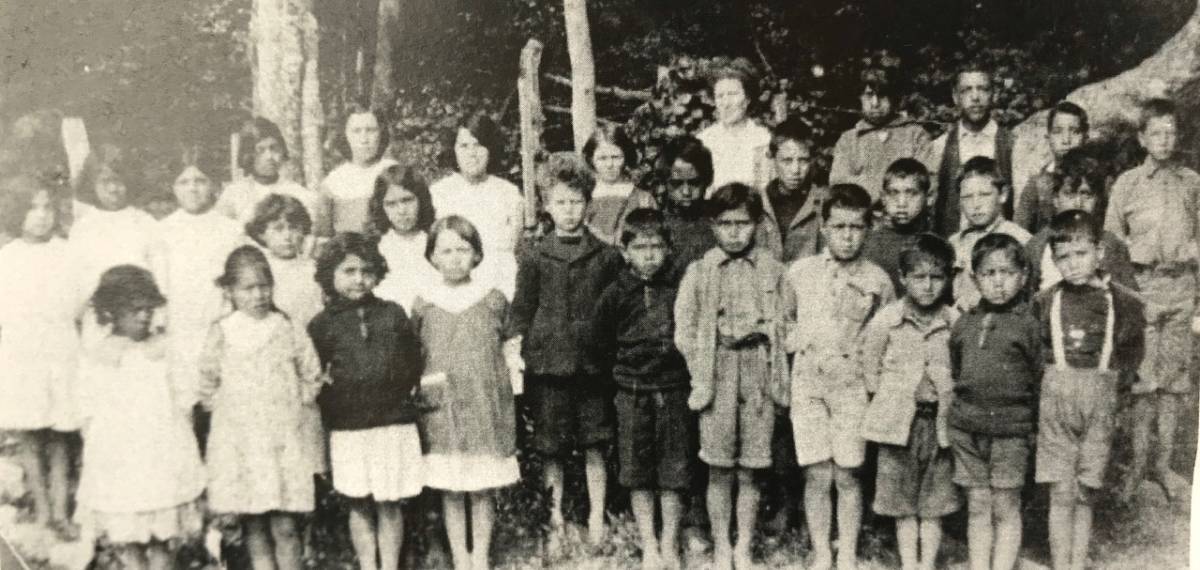
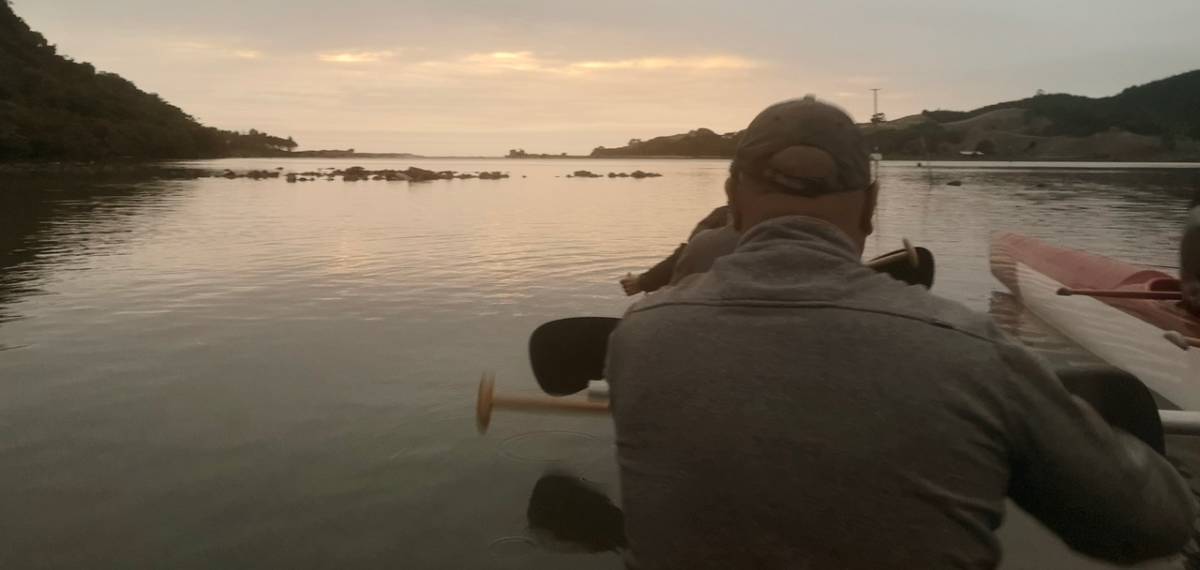 We arrived at the bar between us and the open ocean and were faced with a big decision - should we give it a go and head out over the bar or not? Our ‘camp mother’ Sharon wisely suggested that it was not safe enough to try today and when we found out later there had been a tsunami alert that morning we were grateful for the call.
We arrived at the bar between us and the open ocean and were faced with a big decision - should we give it a go and head out over the bar or not? Our ‘camp mother’ Sharon wisely suggested that it was not safe enough to try today and when we found out later there had been a tsunami alert that morning we were grateful for the call.
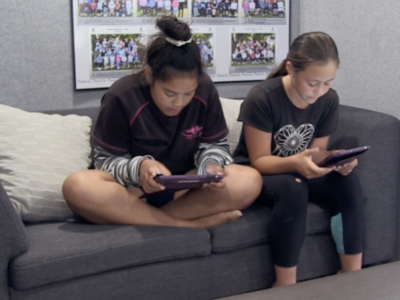
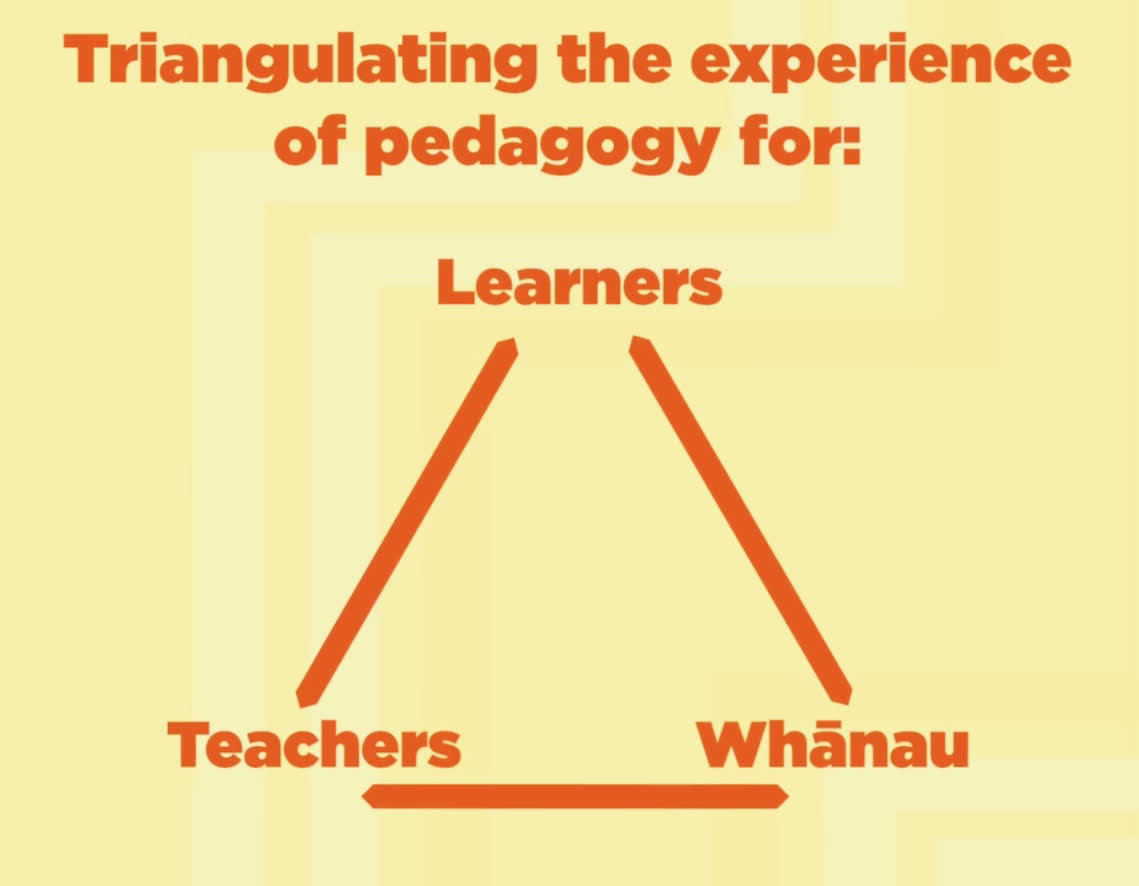 Rongohia te Hau ‘Listening to the winds of change’ involves the use of evidence including survey responses from ākonga, whānau, iwi and educators, observations of teaching and co-construction processes to develop culturally responsive teaching and learning across the curriculum.
Rongohia te Hau ‘Listening to the winds of change’ involves the use of evidence including survey responses from ākonga, whānau, iwi and educators, observations of teaching and co-construction processes to develop culturally responsive teaching and learning across the curriculum.
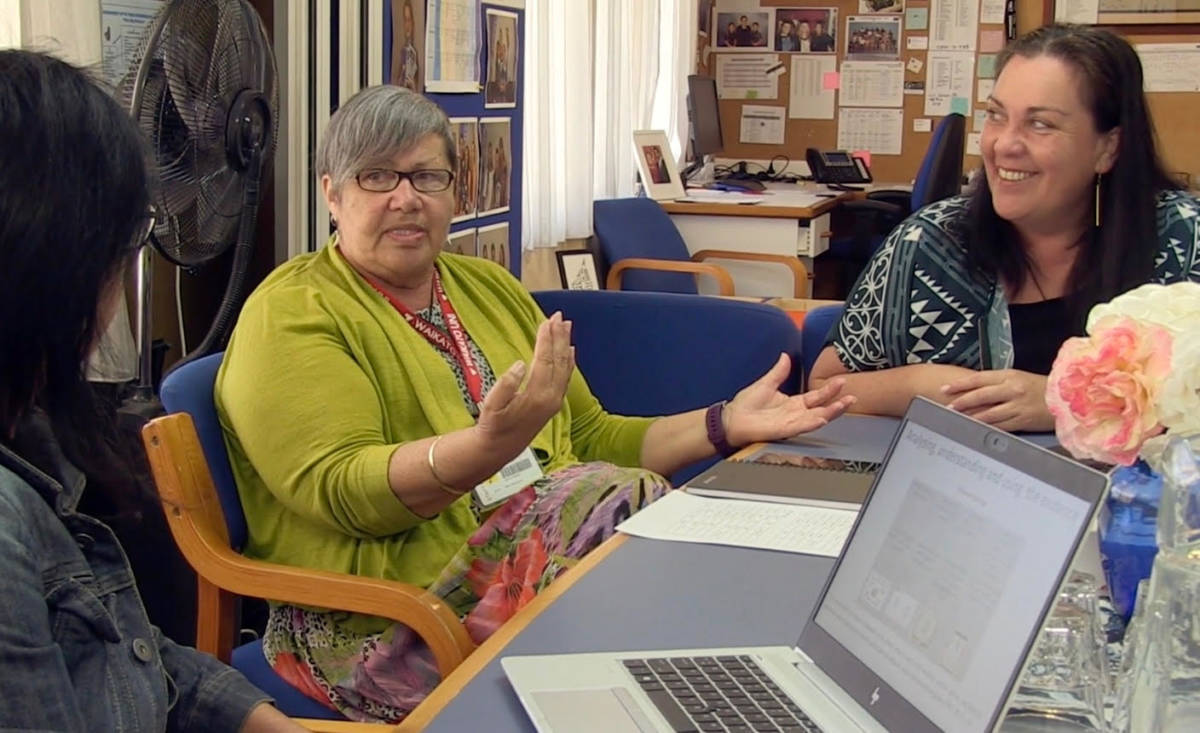 Professor Mere Berryman, who is seen in the videos working with the teachers, says;
Professor Mere Berryman, who is seen in the videos working with the teachers, says;
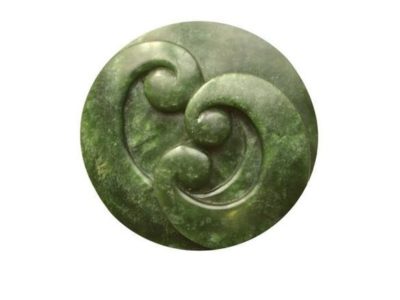
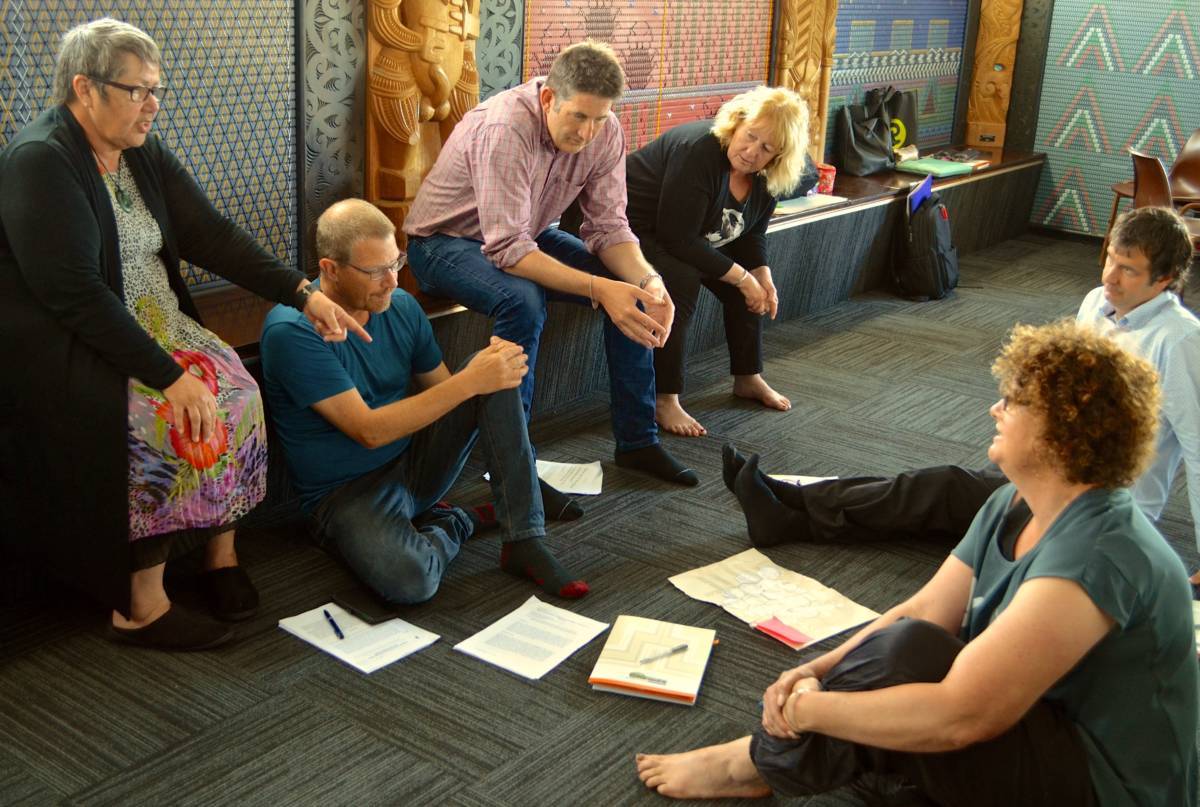 To be successful in the role, it is essential to have a relevant qualification, preferably at postgraduate level, with demonstrated success as a professional development facilitator, and a willingness to work towards Accredited Facilitator status via the Ministry of Education.
To be successful in the role, it is essential to have a relevant qualification, preferably at postgraduate level, with demonstrated success as a professional development facilitator, and a willingness to work towards Accredited Facilitator status via the Ministry of Education.
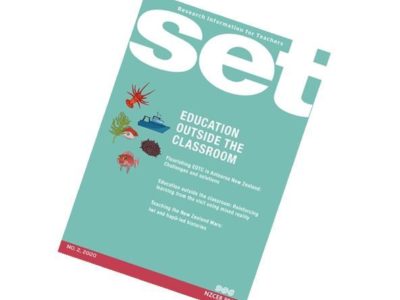
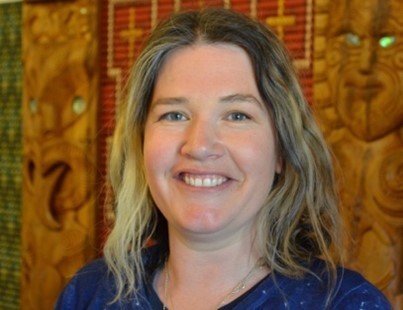 Melissa Corlett teaches at Victory School in Nelson. She is one of a number from the region who have used their Poutama Pounamu Blended Learning work to launch their Master's studies.
Melissa Corlett teaches at Victory School in Nelson. She is one of a number from the region who have used their Poutama Pounamu Blended Learning work to launch their Master's studies.


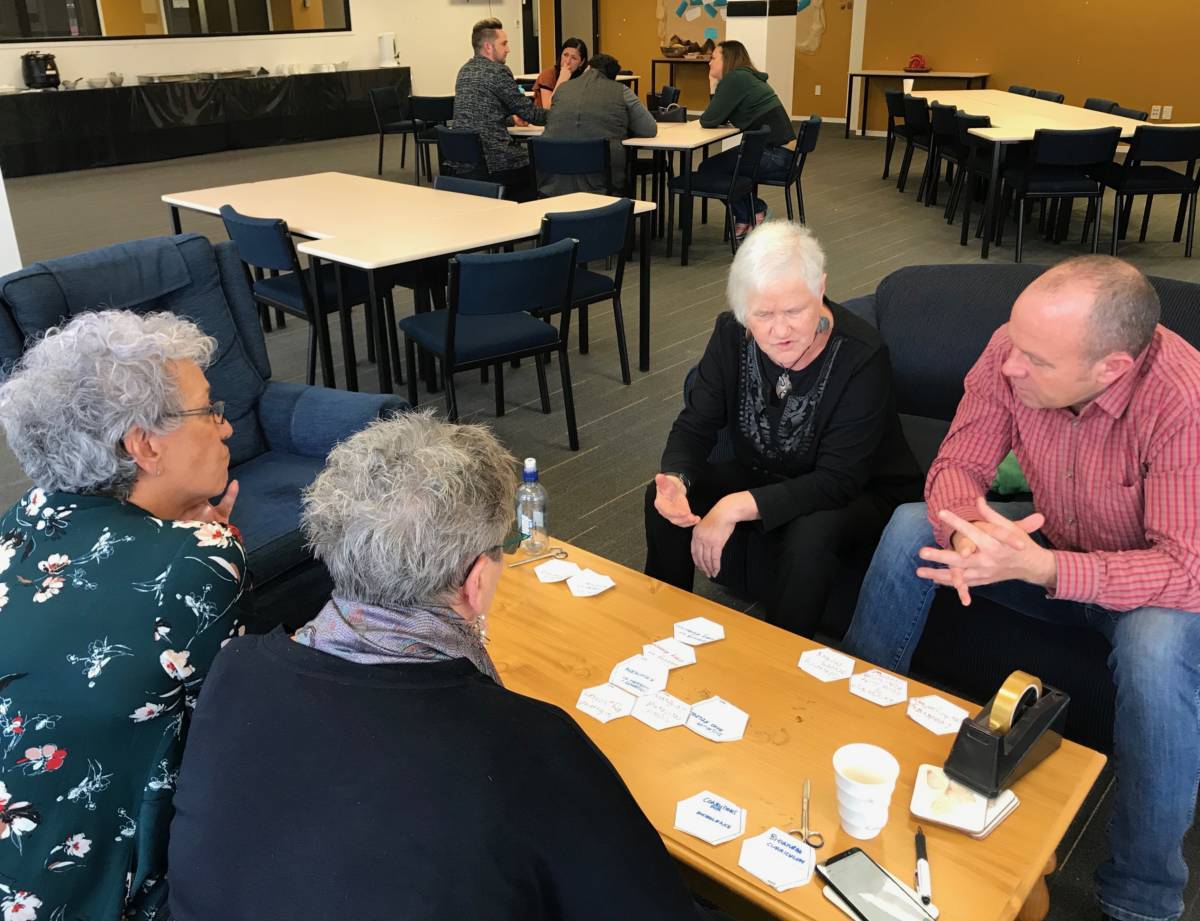 Although we knew that sites of excellence could be found in
Although we knew that sites of excellence could be found in 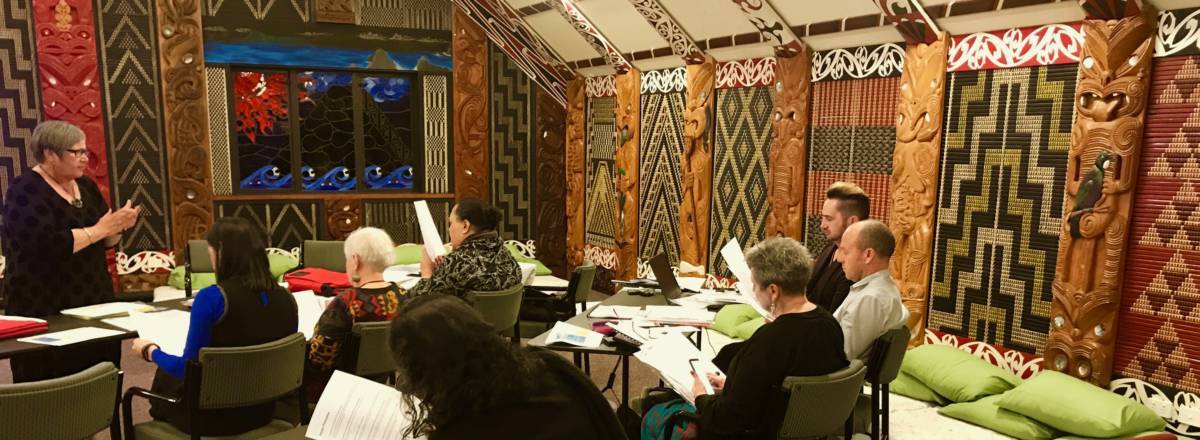 We understood that supporting ākonga Māori to experience education success required us first to understand and respond to this historical colonial context and that this would require significant action and commitment if we were to transform the system to support and sustain Māori education success as Māori.
We understood that supporting ākonga Māori to experience education success required us first to understand and respond to this historical colonial context and that this would require significant action and commitment if we were to transform the system to support and sustain Māori education success as Māori.